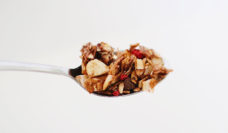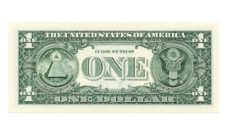Low-income adults consume far fewer fruits and vegetables than those in higher-income households. This is due, at least in part, to affordability.
The Supplemental Nutrition Assistance Program (SNAP) offers monthly stipends to nearly 35 million Americans with low incomes. SNAP is far from perfect, but its beneficiaries should benefit the most from efforts to improve affordability of healthy food. Financial incentives, delivered through SNAP, may help to increase fruit and vegetable consumption while decreasing food insecurity. Double Up Food Bucks (DUFB) is a nationwide financial incentive program with a simple premise: receive an additional dollar for each one spent on fruits and vegetables.
When DUFB began in Michigan in 2009, it was limited to five Detroit farmers markets. Supported by federal grants, DUFB expanded to 27 states and to include a wider range of participating supermarkets and corner stores. In a recent study, researchers evaluated the impact of DUFB’s original supermarket expansion in Michigan. Throughout 2015 and 2016, SNAP recipients shopping at 32 Michigan supermarkets received the one-to-one matching credit.
SNAP recipients shopping in supermarkets with the matching program, compared to those who shopped elsewhere, spent more on fruits and vegetables. The spending was 7.4% and 2.2% higher in 2015 and 2016, respectively. At least for these two years, as calculated from 2.6 million transactions, DUFB increased spending on healthy food options.
Financial incentives, delivered through SNAP, may help to increase fruit and vegetable consumption while decreasing food insecurity.
But the DUFB expansion in Michigan had barriers to participation that may have limited its upside. To receive the incentive, recipients needed to pair their SNAP cards with the supermarket’s loyalty card. Additionally, for purchases made in 2016, recipients were only granted the matched credit with purchases of Michigan-grown produce. These obstacles may have been too complicated for some recipients, deterring participation altogether.
Ultimately, this study’s scope was narrow. Researchers did not evaluate consumption, so we cannot know whether purchasing changes eventually led to more nutritious diets. The incentives were also not paired with nutrition education, which may also improve diet quality.
SNAP, already a great success, can be improved. Financial incentives, as in the Double Up program, are one promising option, but as with all food policy, participant convenience must always be kept in mind.
Photo by Thought Catalog on Unsplash














